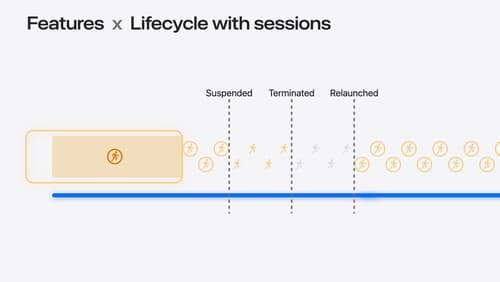how can i use fine-grained control over diagnostics
Asked on 2025-06-16
1 search
To gain fine-grained control over diagnostics in Swift, you can utilize the features introduced in Swift 6.2. This version of Swift allows you to decide which warnings to treat as errors, providing flexibility in managing diagnostics. For instance, you can choose to treat all warnings as errors by default but make exceptions for specific cases like deprecated declarations. This feature is particularly useful for keeping your code free of warnings while allowing you to address certain issues at your own pace.
For more detailed information, you can refer to the session What’s new in Swift (06:15) from WWDC 2025, which discusses these improvements in diagnostics control.

What’s new in Swift
Join us for an update on Swift. We’ll talk about workflow improvements that make you more productive, and new and modernized library APIs for fundamental programming tasks. We’ll show examples of Swift adoption throughout more layers of the software stack. Finally, we’ll explore new language features for both improving approachability of concurrency, and achieving peak performance when you need it.

What’s new in location authorization
Location authorization is turning 2.0. Learn about new recommendations and techniques to get the authorization you need, and a new system of diagnostics that can let you know when an authorization goal can’t be met.

Profile and optimize power usage in your app
Learn how to optimize your app for maximum battery life. Discover how to identify the root cause of power issues in your app — whether you can reproduce the issue while connected to Xcode or on the go. Find out how to measure power use so you can make better decisions about new features and proactively build more efficient apps.
